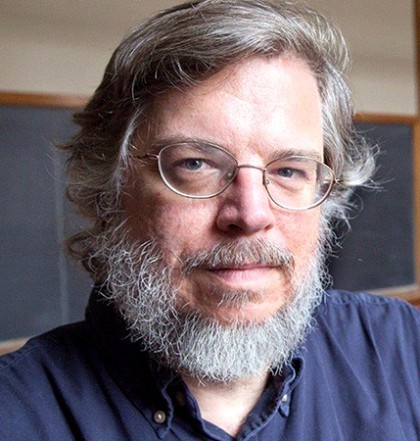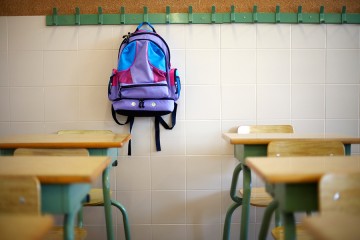
Image caption: Robert Balfanz
The Johns Hopkins School of Education will provide research and technical support to the My Brother's Keeper Success Mentors Initiative, a new Obama administration initiative to cut and eventually eliminate chronic absenteeism in the nation's schools, the White House announced Friday.
Robert Balfanz, research professor and director of the School of Education's Everyone Graduates Center, is a key U.S. Education Department collaborator on the initiative. He produced the research that supports the evidence-driven approach to keeping kids in the classroom rather than at home or on the street. He also leads a Johns Hopkins team that will provide technical assistance and evaluate the program.
"We are honored to be a partner in this challenge," Balfanz said. "It is a really big deal."
The two-pronged effort will pair mentors with students in high-needs schools across the country, starting with sixth- and ninth-graders in 10 school districts, with the aim of involving 250,000 students over the next two years. School-linked mentors such as coaches, administrators, teachers, guards, AmeriCorps members, and others will each be assigned three to five at-risk students, meeting with them three times a week, supporting them, promoting attendance, connecting them to help where needed, and working with their parents. Later, this first wave of in-school mentors will be reinforced by college students on federal-work study. The program is expected to expand to additional school districts and touch a million students in grades K-12 within five years, the White House said.
The other arm of the project is a multi-million-dollar Ad Council campaign on billboards, bus shelters, and in gathering places throughout communities designed to reach parents and enlist them in the fight against school absences. The campaign will raise community awareness about the danger of chronic absenteeism for children's short-term and long-term well-being and aims in part to drive parents, educators, community leaders, and afterschool program providers to web-based resources they can use to get children into their classrooms.
"We have not been as aware as we should have been of how many students are chronically absent—that is, missing 10 percent of the school year," Balfanz said. "Chronic absenteeism is the bacteria in a hospital. It's a largely unseen force, because we do not currently measure it. Yet it creates havoc with our efforts to successfully educate and prepare all students for college and career."
Between 5 million and 7.5 million preK-12 students a year are believed to be chronically absent, missing 18 or more school days. Those absences leave students behind their peers in learning and increase the risk that they will drop out without a high school diploma.
Tagged education, bob balfanz









